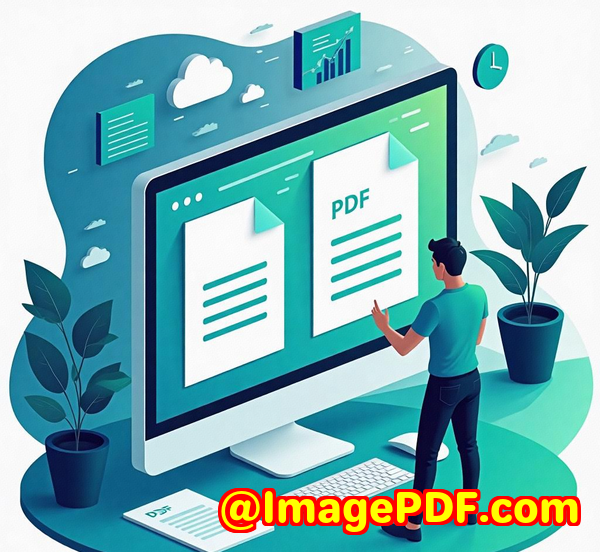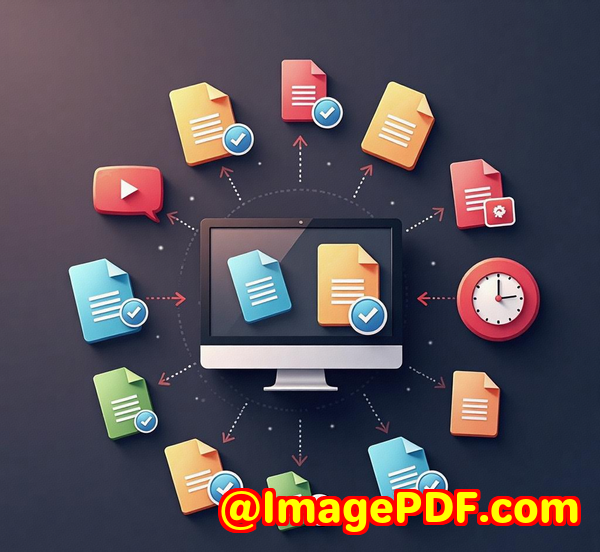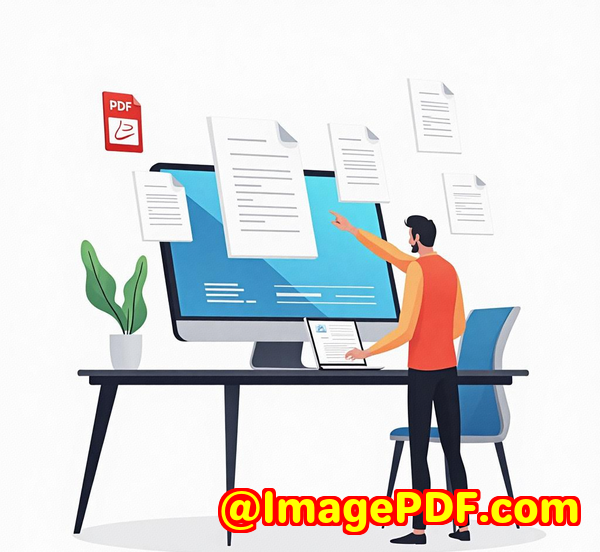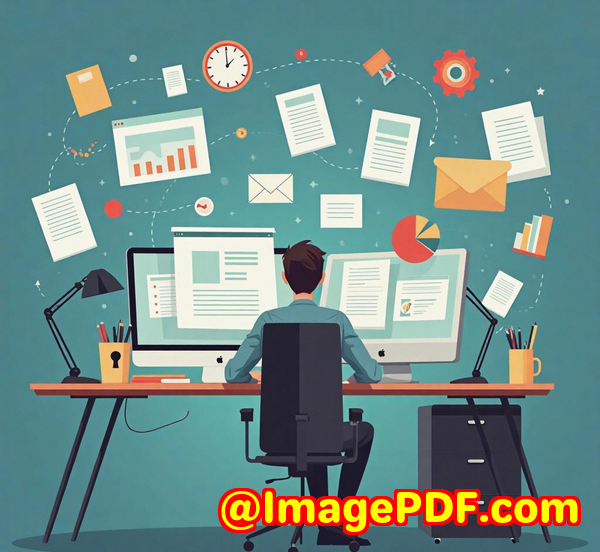How to Use PDFA-3 and XML for Machine-Readable Invoices and Receipts
How to Use PDFA-3 and XML for Machine-Readable Invoices and Receipts
Meta Description:
Automate invoicing with PDFA-3 and embedded XML to boost accuracy and speed. Here's how I did it using VeryPDF PDF Solutions for Developers.
It Started with a Broken Workflow
Every Friday at 4 p.m., I'd be sitting with a stack of PDFsvendor invoices, scanned receipts, Excel exports turned into PDFs.
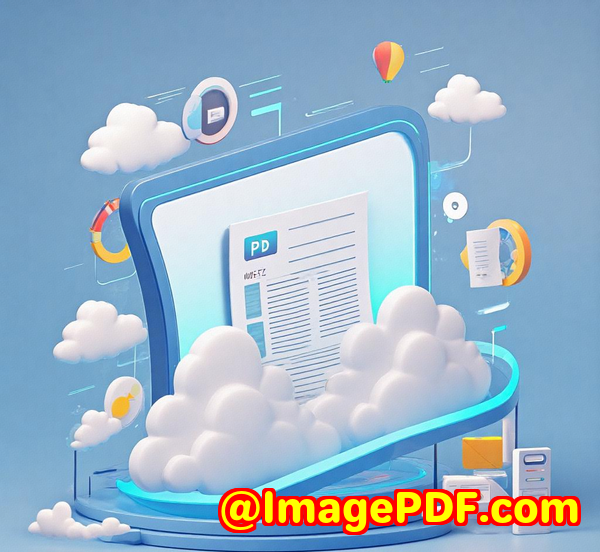
And I'd dread it.
Manual data entry. Copy-paste. Human errors.
Even with some of the "smart" PDF tools out there, things still slipped through.
I needed something machine-readable. Something that didn't just look like an invoice but could also act like onedata embedded, searchable, parseable.
That's when I found VeryPDF PDF Solutions for Developers, and more specifically, its support for PDF/A-3 + XML for e-invoicing.
Game-changer.
Why PDF/A-3 and XML Actually Matter
Let's cut the fluff.
If you're in finance, accounting, supply chain, or any business handling hundreds or thousands of invoices, you don't want just a "nice-looking PDF."
You want a machine-readable document. Something that your system can read, extract, and auditno guesswork, no OCR errors, no mismatched amounts.
PDF/A-3 lets you embed XML files directly into a human-readable PDF.
That means:
-
Humans see the invoice like usual
-
Machines get structured XML data inside the same file
That's the core idea behind ZUGFeRD or Factur-X invoices.
And guess what? VeryPDF handles this entire process seamlessly.
The Tool That Finally Solved My Invoice Headaches
When I first looked into VeryPDF's offerings, I wasn't exactly expecting to find a perfect fit.
I just needed something that could embed structured XML into PDFs.
But this suiteVeryPDF PDF Solutions for Developersdid far more than that.
It didn't just create PDF/A-3 compliant files.
It handled:
-
ZUGFeRD support (Basic, Comfort, Extended profiles)
-
XML embedding with full EN 16931 compliance
-
Support for Factur-X and XRechnung
-
Flexible integration via CLI and APIs (Java, .NET, C++, Pythonyou name it)
And I got it working with my ERP system in under a week.
What I Did: Embedding XML in PDF Invoices
Let me walk you through my actual workflow.
This is not some theoretical tutorialthis is what I used to fix real issues.
1. Took Existing PDFs or Office Docs
Some were from vendors, some from our internal system. Mostly Office-based or generated via other apps.
2. Generated the XML
This part I already had workingour ERP could export invoice data as structured XML (in ZUGFeRD format).
Think of this as the machine-readable version of the invoice.
3. Used VeryPDF Tools to Create PDF/A-3
Here's where VeryPDF comes in.
Using the command-line tools, I merged the original PDF and the XML together:
-
It embedded the XML inside the PDF
-
It labelled the file correctly as ZUGFeRD-compatible
-
It validated everything to match PDF/A-3 specs
One command, and boomvalid, hybrid invoices ready for archiving and B2B exchange.
Why I Chose VeryPDF Over Other Tools
I tested Adobe's toolkit.
I looked into open-source stuff like iText and PDFBox.
Problems I ran into:
-
Adobe was expensive and inflexible for batch jobs
-
Open-source lacked full ZUGFeRD compliance or needed heavy code customisation
-
Some tools only supported PDF/A-1 or didn't embed XML correctly
-
Validation was often an afterthought
VeryPDF did everything:
-
Full PDF/A-3 support
-
Real ZUGFeRD compliance
-
Worked with different XML profiles
-
CLI tools for batch automation
-
Easy integration via API when I needed to scale
Honestly, I was up and running faster than I expected.
No dev bottlenecks. No formatting errors. No compliance issues.
Who Needs This?
If you're:
-
An accounting firm processing supplier invoices
-
A developer building e-invoicing modules
-
In logistics or procurement, handling cross-border VAT docs
-
A finance director aiming for e-invoicing compliance
-
Or even a software vendor needing PDF/A-3 generation for clients
Then this is exactly what you need.
Key Advantages I Noticed
Seamless PDF + XML Merge
Forget manual embedding. VeryPDF handles structure, compliance, and validationall in one.
Real Batch Processing
I processed 1,200+ invoices in one go. Took less than 10 minutes.
CLI + API Ready
Use it in scripts or integrate into any system. Great documentation too.
Fully ZUGFeRD-Ready
Supports Basic, Comfort, Extended profiles, and XRechnung.
Perfect for EU compliance or cross-border invoicing.
Long-Term Archiving Compliance
Thanks to PDF/A-3, your documents are future-proof for audit trails and digital preservation.
Don't Sleep on XML in Your PDFs
If you're still manually verifying totals, entering line items, or copying invoice numbers by handyou're burning time.
Modern workflows demand machine-readability.
VeryPDF helps you turn plain invoices into smart, searchable, and compliant e-docs.
Honestly, I'd recommend this tool to anyone dealing with high-volume invoicing.
Click here to try it out yourself:
https://www.verypdf.com/
Or start your free trial and see how fast you can eliminate manual work.
VeryPDF Custom Development Services
If your use case is unique, or your infrastructure is a bit... "creative," you're in luck.
VeryPDF offers custom development tailored to your tech stack.
Whether you need to:
-
Process documents on Linux, Windows, or Mac
-
Build on Python, JavaScript, C#, .NET, PHP, or C++
-
Create a Windows Virtual Printer Driver
-
Intercept and convert printer jobs into PDF, EMF, TIFF, or Postscript
-
Monitor file activity via system hooks
-
Handle barcode generation, OCR, or PDF table extraction
-
Build full-on cloud platforms for signing, viewing, and securing PDFs
They've got the team for it.
Need something custom-built?
Reach out here: https://support.verypdf.com/
FAQs
What is PDF/A-3 and why does it matter for invoices?
PDF/A-3 is a standard that allows embedding of files (like XML) into a PDF. This is perfect for hybrid invoices that are both human-readable and machine-processable.
What's ZUGFeRD and how is it different from regular PDFs?
ZUGFeRD is a German e-invoicing standard that embeds XML inside PDF/A-3 files. It combines a visual invoice with structured data.
Can VeryPDF handle bulk invoice processing?
Yes. VeryPDF tools are CLI/API-ready and built for batch jobs. You can process thousands of invoices in one go.
Is this only for EU businesses?
No. While ZUGFeRD is common in Europe, the embedded XML model is useful globally for anyone needing machine-readable invoices.
Can I embed custom XML formats, not just ZUGFeRD?
Absolutely. VeryPDF lets you embed any XML file you want and still maintain PDF/A-3 compliance.
Tags / Keywords
-
PDF/A-3 invoice embedding
-
ZUGFeRD PDF creation
-
Machine-readable invoices with XML
-
VeryPDF PDF Solutions for Developers
-
Automate invoice PDF compliance
-
Factur-X and XRechnung PDF tools
-
EN 16931 invoice standard
-
E-invoicing for developers
-
Convert Office to PDF/A-3 with XML
-
Batch PDF generation with embedded data
